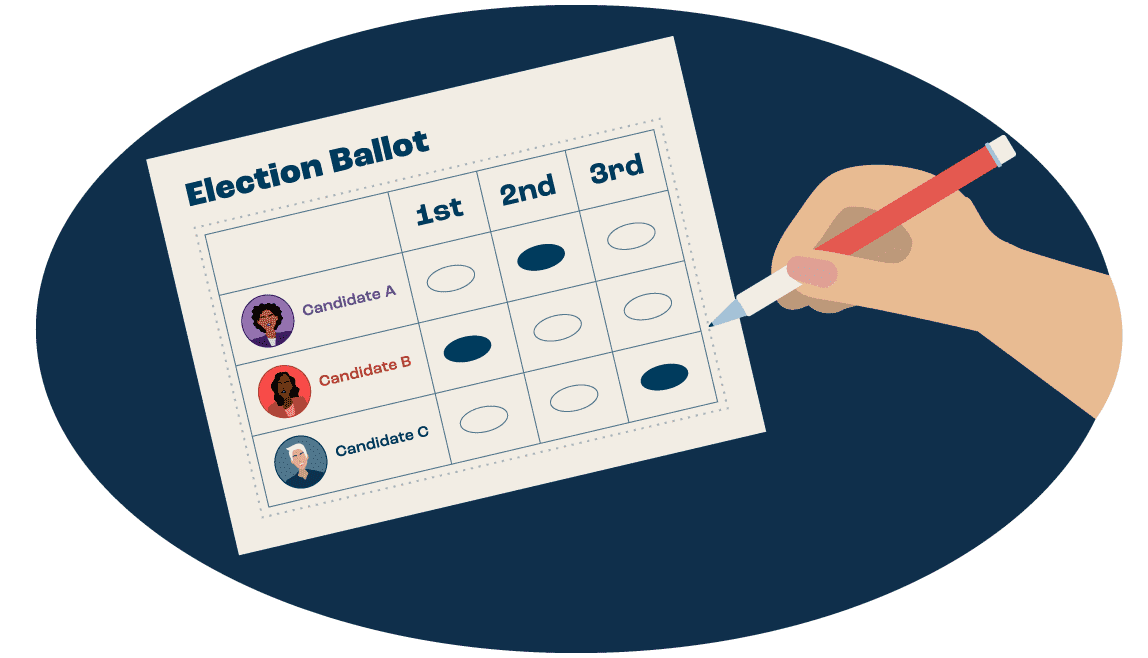
RCV Elections in 2025: Early Results and Lessons for Reformers
IndependentReport – In 2025, ranked-choice voting stepped into the spotlight as communities searched for democratic renewal and meaningful representation. Across several cities and states, voters experienced firsthand how a more flexible ballot could reshape political behavior and reduce polarization. What once seemed like a niche policy experiment has now become a compelling public journey, creating fresh momentum among reform advocates and curious citizens alike. Along the way, one theme consistently emerged: the importance of analyzing RCV elections early results to understand what works and what still needs improvement.
People are not just ticking boxes; they are rediscovering the idea that their vote can carry nuance and intention. As this shift happens, emotions mix with policy—hope blends with skepticism, curiosity with caution. Ultimately, democracy is not simply a system of rules. Rather, it becomes a living relationship between voters and institutions, and in 2025 that relationship feels newly energized.
Read More : Mix & Match Gamis untuk Look Casual Sehari-hari
Several dynamics explain the surge in ranked-choice voting adoption this year. For one, dissatisfaction with winner-takes-all politics has grown steadily. Moreover, communities seek election systems that reward consensus instead of division. Because of these shifts, analysts have paid close attention to RCV elections early results to determine whether expectations match real-world performance.
Furthermore, younger voters increasingly demand fairness, transparency, and innovation in election systems. They view RCV not as a radical experiment, but as a modern upgrade—a way to express preference without giving up practicality. Consequently, this generation drives engagement upward and encourages older voters to adapt alongside them.
Ranked-choice voting nudges people to think differently about elections. Instead of focusing solely on blocking the opponent they fear most, voters look for leaders who can build bridges and solve problems. Additionally, they pay closer attention to second- and third-choice candidates, broadening their political awareness. As the first wave of results came in, RCV elections early results demonstrated that many voters felt freer to support emerging voices rather than defaulting to the same traditional options.
Even simple conversations changed. Instead of tense arguments, communities engaged in thoughtful dialogue about preference rankings, policy priorities, and shared values. Through that shift, elections became a civic learning experience—not just a contest.
One of the biggest surprises of 2025 came from the rise of independent candidates. Although many did not win the first round outright, their appeal as respected second-choice options often pushed them ahead during later rounds. Supporters of reform frequently referenced RCV elections early results when pointing out how independent voices received fairer treatment than in past elections.
The ripple effect is clear: campaigns focus more on collaboration and less on negativity. Furthermore, coalition-style campaigning encourages candidates to appeal beyond their base, leading to friendlier debates and broader policy proposals.
Through voter surveys, candidate interviews, and election-administrator reports, observers identified several lessons. Much of this insight is rooted in RCV elections early results, which highlight opportunities for growth:
Public education drives ballot accuracy
Coalition building increases candidate viability
Technology upgrades streamline counting
Media literacy reduces misinformation
Positive messaging outperforms attack ads
Youth engagement programs boost turnout
Multi-language voter guides matter
Local issue framing wins trust
Civic-tech partnerships enhance transparency
Consistent community outreach sustains support
These takeaways reveal that RCV is not merely a voting tweak; instead, it becomes a civic-culture shift.
Campaigns in 2025 look noticeably different. Candidates must inspire not only first-choice loyalty but also second- and third-choice confidence. Consequently, messaging shifts from aggressive attacks to coalition-building themes such as integrity, shared values, and practical solutions. Data analysts studying RCV elections early results noted that candidates who embraced collaborative language performed significantly better than those who relied on fear-based messaging.
Town halls, house-meetings, student-forums, and neighborhood walks now matter more than noisy television ads. Because respect earns votes, authenticity becomes a campaign currency.
Although support grows steadily, RCV is not without obstacles. Some voters still feel unsure about ranking candidates correctly, especially older voters or those new to the political process. Nevertheless, jurisdictions that invested in voter-education tools—simple training videos, ballot-tutorial animations, multilingual pamphlets—saw smoother voting experiences. Even critics acknowledge that studying RCV elections early results helps identify which improvements make the biggest difference.
Transparency, patience, and clear instructions will always be essential. Yet the willingness to adapt indicates a healthy reform environment rather than a flawed system.
Beyond numbers and charts, the emotional narrative matters too. Many voters describe a renewed sense of agency, especially those who historically felt sidelined in traditional elections. Parents discuss civic duty with their children more often, and students organize voter-education drives on campuses. Through community stories and post-election reflections, RCV elections early results symbolize something bigger: a return to meaningful engagement.
When people believe their voice matters—even if their top candidate doesn’t win—they re-enter the democratic conversation with hope instead of resignation.
As momentum continues, policymakers, civic foundations, universities, and advocacy networks refine their strategies. They monitor RCV elections early results not only as proof of concept but as a living dashboard of democratic health. Step by step, this movement blends data, education, and empathy—traits that modern democracy desperately needs.
In truth, 2025 feels less like a completed victory and more like a promising beginning. Reformers are learning, voters are adapting, and institutions are evolving. More importantly, communities are reclaiming a sense of shared responsibility for democracy’s future, showing that meaningful change happens when people believe improvement is possible.